Katharina Swoboda - Vampiric infection
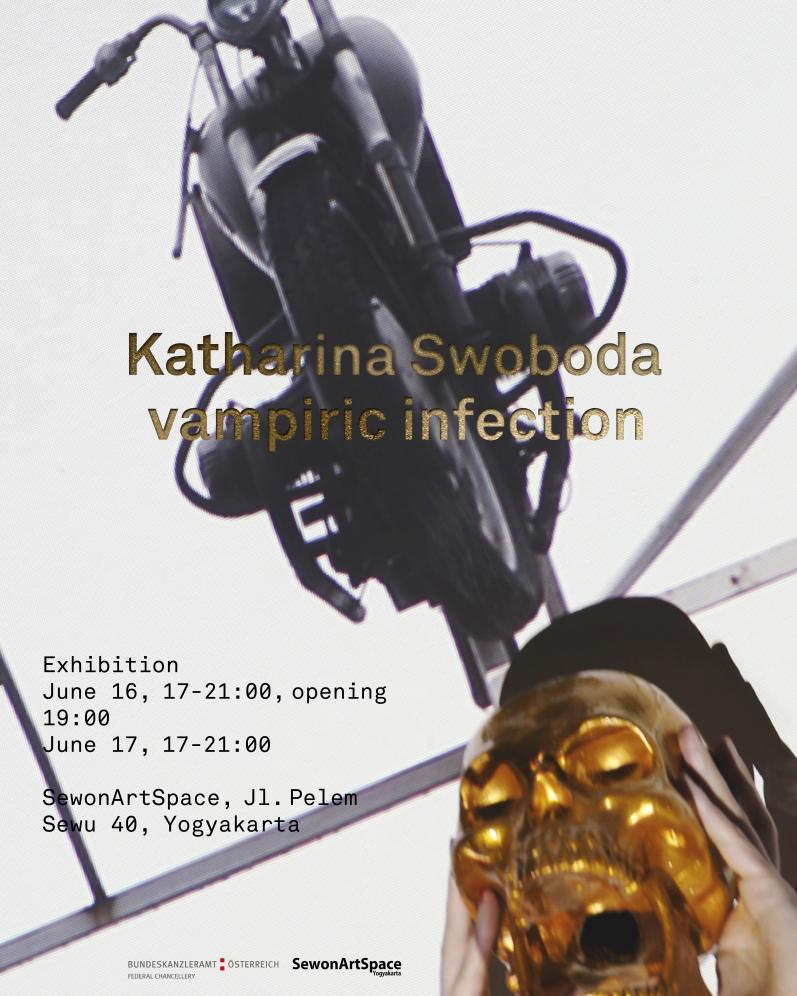 installation consists of:
installation consists of:
skull (fiberglass), fake “bones”
3 prints on rayon, each 150x290cm
video
Katharina Swoboda is interested in working across different medias. Inside the exhibition room, her video works interact with other forms of knowledge: discourses in cultural theory, performative elements etc. The figuration of the “vampire” interests her, because “Vampires are narrative figures with specific category-crossing work to do” (Haraway). The vampire is an in-between figure between nature and culture, because he belongs to animalistic but at the same come to human realm and imagination. Vampires are figurations of cultural imagination. The vampire is “an imaginary figure so anciently original” (Longinovic), which has been broadly appropriated by popular culture. The vampire is also present in cultural theory, where it becomes an emancipatory figuration to describe creatures out of the social order. Linda Kalof writes, hinting to Donna Haraway, that “vampires transform and cross categories - they are neither good nor bad, they are polluters of the natural, including the purity of lineage, they are mobile, highly ambiguous and invoke reactions of both fear and desire” (Kalof).
Katharina´s investigation started with the so-called “Vampire Graves”, which were discovered in different sites in Bulgaria, most prominent in Sozopol (“Apollonia”) and Sredets (“Deultum”). In Sredets, the “world’s largest vampire funeral”, basically a mass grave of 17 skeletons, was discovered in 2004. So far, nearly 100 vampire skeletons have been found in Bulgaria.
In Yogyakarta, Katharina looked for local forms of vampiristic ghosts and created a new artefact - a skull. This is hinting to an old pagan practice keeping the spirits down to earth and away society. The vampire skull was created together with a local artist. In this way, the skull was produced in the manner of current local commercial craftsmanship. This aspect of commercialisation is highlighted through the colour of the skull, which is gold.
References:
Tomislav Z. Longinović (2011): Vampire Nation. Violence as Cultural Imaginary. Durham and London: Duke University Press, ix
Linda Kalof (2007): Looking at Animals in Human History. London: Reaction Books, 161
Donna Haraway (1997): Modest_WitnessSecond_Millennium.FemaleMan©_Meets_OncoMouse™: Feminism and Technoscience. London, New York: Routledge, 79
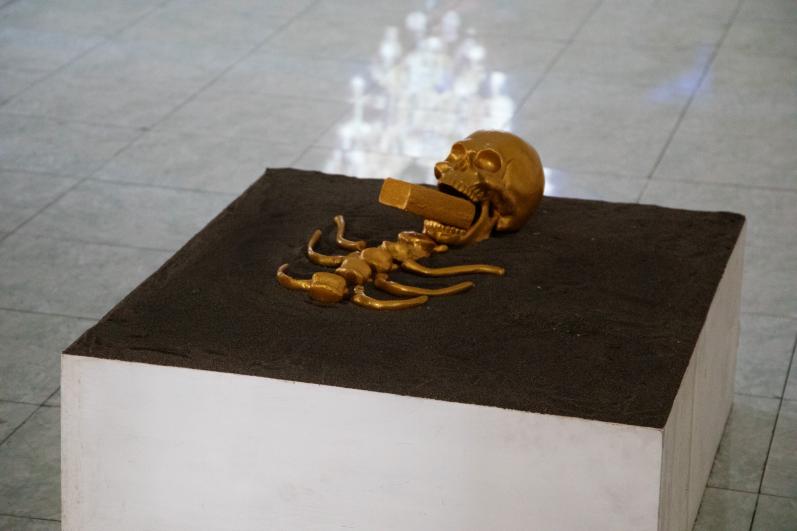
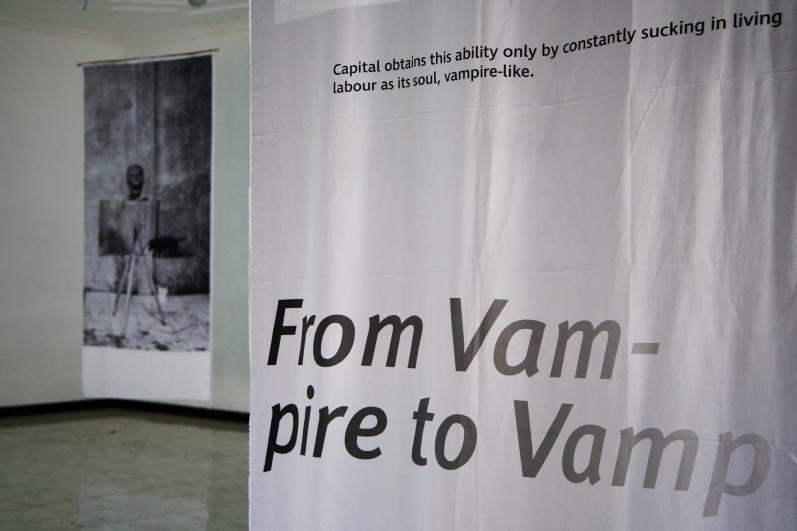
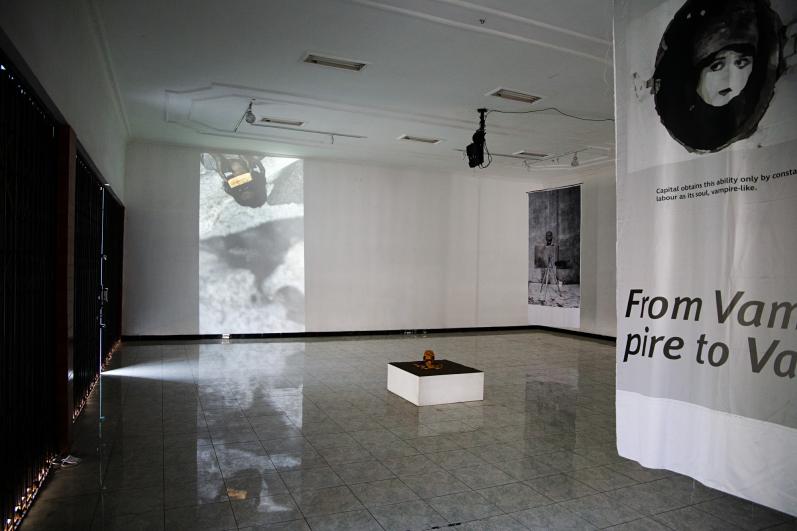
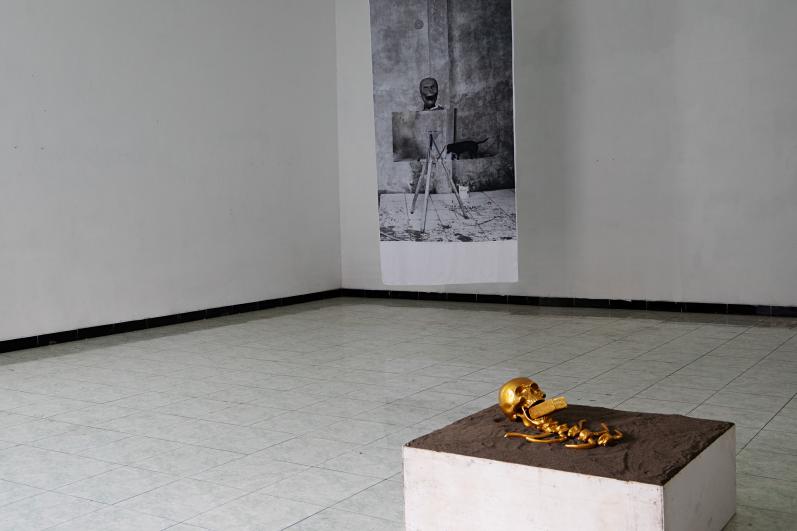
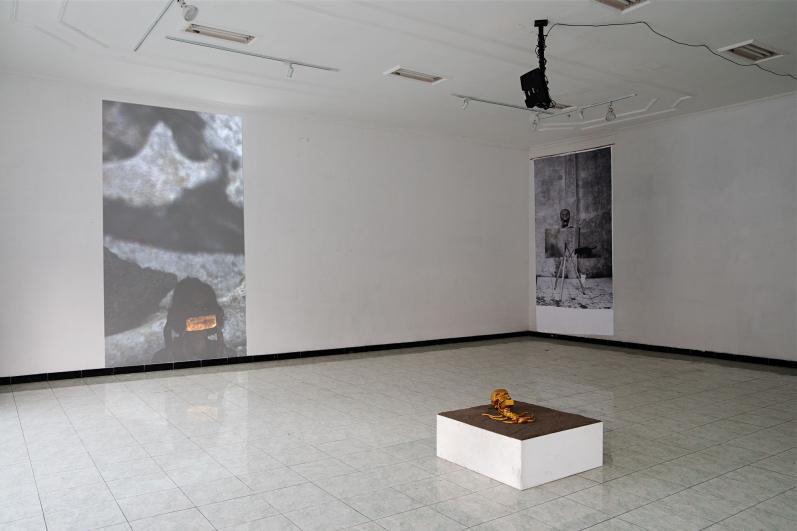
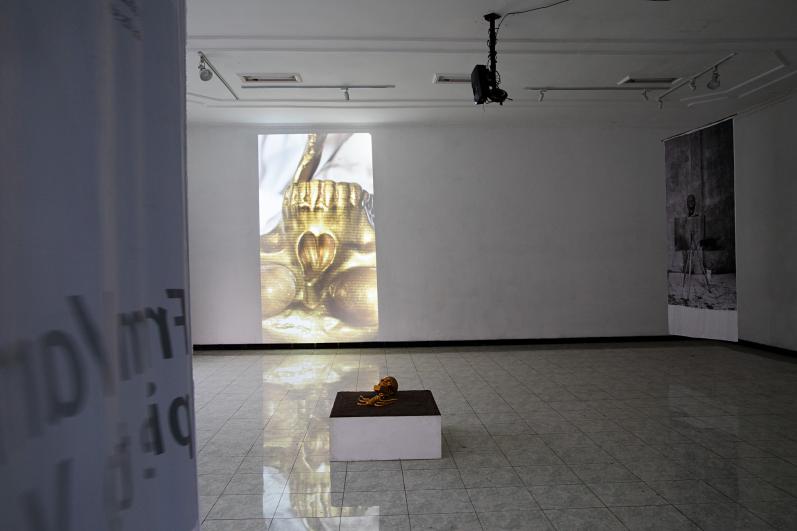
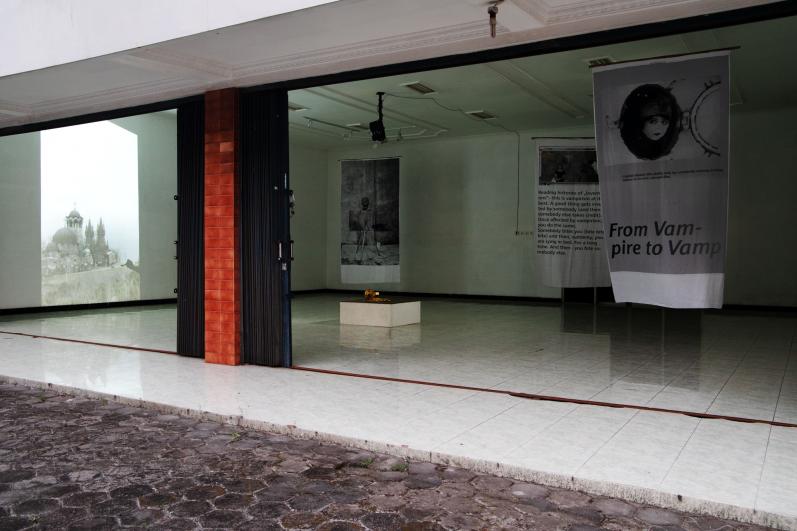
- Editor1's blog
- Login to post comments